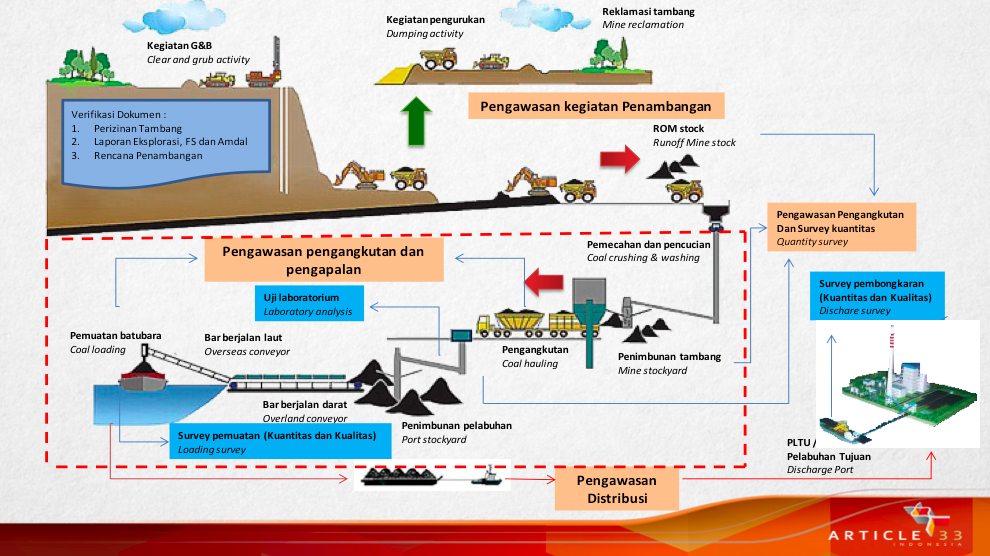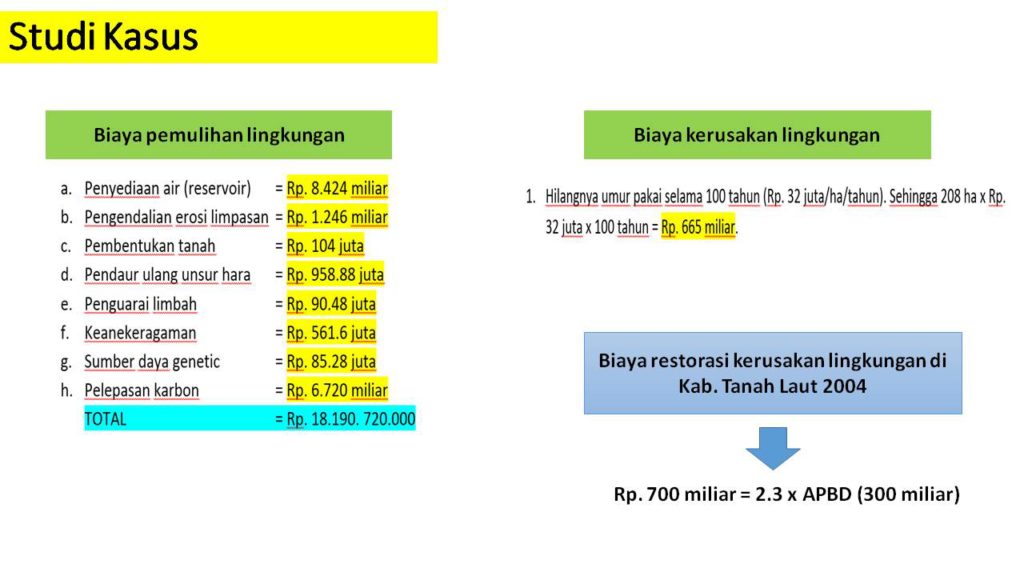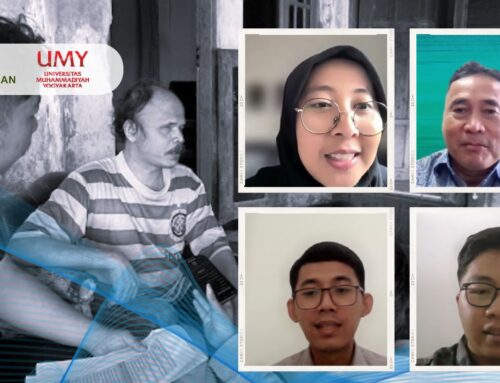Reported by Adinda Rizky Herdianti
The first presentation hosted by Article 33 was held on 9 June 2017 at Swissbel-Residences Hotel Kalibata. There were three speakers who presented their working papers. The first one was Kanti (Article 33), who focused on policy evaluation on royalty for mineral and coal mining in Indonesia. She noticed that there were high capital intensity on mining sector yet information about the policy of royalty system on the industry was quite unpopular, especially on the policy details such as correction system, measurements, and incentive system. Her study aims to evaluate the policy, particularly its effectiveness for mining corporations, and to show alternative choices on mining royalty policy. She found that royalty system in Indonesia is comprehensive yet the coal and mineral mining industry only share 5% of national GDP in average throughout 2010-2014.
The study found several problems related to the policy, starting from problem on conducting royalty payments. First, the achievement for mandatory royalty that were always below the target from 2012-2016. Second, there were data gap and inconsistencies between one government institution with another. Third, the regional government received a smaller share from profit-sharing funding, which then forced the regional government to reconsider third-party mining funding through unit-based formula, although this may contradict central government rule. Fourth, there was a lack in the supervision of activities and environmental recovery actions. She also found that the environmental cost borne by the provincial government is much higher than the profit-sharing earned from the mining industry’s output. She recommended several policy options such as a better permit policy, earmarking of regional budget, environmental tax and incentives, and reclamation guarantee.
The second speaker was Sandy J. Maulana (Article 33). His study focuses on the impact of mining on water accessibility and household health cost. He was aware the impact of negative externality from mining activities, which often excluded from cost of mining activities. These implicit costs were mostly paid by communities living near the mines, in the form of health condition and the availability of clean water. Therefore there should be a re-consideration on the value of mining activities.
The study used quasi-experiment method to estimate the impact of the environmental impacts of mining. The aim of his study is to find out whether there is higher health cost paid by communities living around mining sites such as when households spent more time accessing clean water or if they consume lower quality water. Using per capita household health expenditure data and time spent on collecting water and on water quality data from Susenas (National Socio-Economic Survey) 2004 and 2015, he found several results. First, households which lived around mining sites incur annual health costs of Rp238,000 more compared to other households not living close to a mining site. In total, the implicit cost for health expenditure was estimated as much as Rp1.77 trillion yearly (0.02% GDP). In addition, households living close to mining site spend more time on collecting water. Using 2015’s revenue value, the opportunity cost of time for collecting water is as much as Rp1.15 trillion (0.01% GDP). Lastly, he found that households living around mining site were 0.02% less likely to consumer clear water (‘air jernih’) and 0.01% more likely to consumer unclear water. In conclusion, he noted that the available data is currently at the regency scale, which means that the data have large imprecision in measuring impacts, and ideally measurement is done at a much finer scale.
Example of the estimated cost of mining
The last speaker was Octa Fredi (MPKP Faculty of Economics and Business Universitas Indonesia). His study, entitled Royalty and Environmental Recovery Cost, shares similar focus with Kanti. However, he put more emphasize on environmental recovery cost. In his study, he classified recovery costs including environmental loss due to overvaluation of environmental quality standards; loss due to replacement cost on verification on disputed land; lab analysis, expert cost, and supervision on environmental loss; loss occurred due to externality mitigation and recovery; loss on ecosystem degradation; and loss on society cost due to pollution and damaged environment. He then did several study cases to measure the impact on environmental recovery cost and used breccia (breksi batu apung or fragmented pumice stones) mining in Yogyakarta as an example. The study also focuses on royalty policy in Indonesia, which he considered as the backbone of the tax regimes on mining which already applied widely around the world. His study emphasize that royalty tariff implemented in Indonesia is much lower compared to other Latin America countries. He also found that there are still large numbers of royalty debt made by corporations, as much as Rp864 billion plus USD 330 million in 2008. From his finding, he concluded that royalty still play a weak role in covering the environmental cost incurred by mining activities. He also added that supervisions and firm actions are needed to not only use royalty as a source of government revenue but also as an instrument of pollution control. Lastly he emphasized that there should be better harmonization of policies between institutions in order to achieve higher






